Have you ever seen some tiny green apple like fruit in the fruit shops and wondered what their name is?
If you’re seeking something that blends sweet and sour flavors, is adaptable enough to be used in a wide range of meals, and can be produced in your own yard, then you’ve come upon the ideal apple for your needs.
We have the well-known Blue Pearmain Apple in stock to fulfill your baking, eating, and other culinary requirements, and we won’t leave you frazzled while you figure out how to cultivate a sizable harvest on your own.
Continue reading to discover the secret behind this apple’s widespread use in culinary settings…One that is so mouthwatering that even famous writers can’t stop raving about how good it is.
What Led to the Development of the Blue Pearmain Apple?
The Blue Pearmain Apple, whose origins are lost in time somewhere between 1700 and 1800, is a local favorite in New England and was lauded by Henry David Thoreau in his article on Wild Apples. Its origins are unknown but likely lie between the years 1700 and 1800.

It is not known for certain where the Blue Pearmain Apple was initially discovered; nonetheless, wild and ancient Blue Pearmain apple trees may still be seen in rural areas of New England and even as far north as southern and central Maine.
Individual Characteristics of a Blue Pearmain Apple
The Blue Pearmain Apple is a kind of winter apple with medium to large fruits, a tough, brightly colored exterior that may mimic plum skin, a thick hand-feel, a creamy inner hue, and a sweet, slightly acidic taste.
The skin of the Blue Pearmain Apple may also resemble the skin of plums. The outer shade has a blue-purple tint, and it often has an eruption of russet colors right around the stem. Both of these characteristics are particularly stunning.
This waxy bloom may be observed on all apples, but it is more evident on the Blue Pairmain apple because of its deep bruise color.
The cloudiness that can be seen on the surface of some fruits is natural, and there is no need to be alarmed by it. Something comparable to what you may find on plums, grapes, or blueberries.
Pears, especially blue ones, are a highlight of every meal.Perhaps the Blue Pearmain Apple is most well-known for the several delectable baked products that can be made with it.

Because of its legendary tough shell, the Blue Pearmain is an excellent choice for any apple baking recipe that calls for the fruit to resist high heat.
Whether it is packed with a filling, coated in a glaze, or simply divided into slices and baked, an apple is unrivaled in terms of its texture and taste. Baking apples may be prepared in a variety of ways.
Baking and cooking are both examples of skilled craftsmanship in the kitchen.
Blue Pearmain is a wonderful ingredient in baked dishes such as pies and tarts because of its sweet and tangy crispness as well as its firm flesh.
Because the skins of this kind will not break down, the skins will need to be removed before saucing or pureeing the fruit. It is also recommended that the skins be removed prior to including the fruit in baked goods like pies and tarts.
Apple cider, which has been lauded by many as the perfect beverage for the crisp and cool fall season, has gained widespread popularity in recent years, and the sweet-sour flavor of Blue Pearmain apples has made them a favorite component in apple cider.
A crisp is made by baking together apples, raisins, and other spices.
SnackingHowever, the Blue Pearmain apple’s flavor profile and fleshiness make it an excellent apple for eating out of hand.
However, the apple’s firm skin can make it difficult to bite into, so it is recommended that the apple be peeled before it is served as a snack, especially for children who are younger.

Peanut butter, crackers, brie or other mild, creamy cheeses, mellow meats like chicken or summer sausage, and even ice cream are all appropriate accompaniments to a cup of coffee.
Positive effects on one’s physical well-being
The Blue Pearmain apple, like other varieties of apples, is packed to the brim with healthful elements that work to boost the immune system and contribute to general well-being.
Apples, like the Blue Pearmain, contain a significant amount of minerals and vitamins, including B vitamins, calcium, and iron.
In addition, apples provide blood-sugar-friendly carbohydrates, gut-friendly fiber, and the potential for improved lung health, heart health, immunity, bone health, and brain health (apples have even been linked to a reduced risk of Alzheimer’s disease and age-related memory loss).

If you choose to eat a Blue Pearmain apple, you are making a choice that will improve your health in a number of different ways. If you give this sweet fruit dish a go, there is nothing to lose and a lot to gain for you.
Cultivation Done on a Local Scale
You may harvest enough Blue Pearmain apples in only two to four years to last you through multiple harvests if you keep the tree pruned properly.
The Blue Pearmain apple tree is a semi-dwarf cultivar that blooms in the middle to the latter part of the growing season and has a harvest that occurs later in the season, making it suitable for planting in zones 5 through 9.
This type, which has the potential to reach a height of 12-16 feet and a width of the same, requires a distance of a little more than 16 feet to separate it from its nearest growing neighbor for it to be in good health.
Additionally, it should be planted next to other types that bloom at the same time in order to promote cross-pollination. During the months of May through September, a weekly watering of 12 to 15 gallons, depending on how well-drained and loamy the soil is, is often adequate.
Review:For further information and order, feel free to contact our 24/7 online assistants via filling out an inquiry on our website.
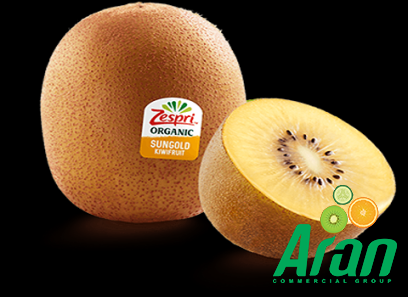
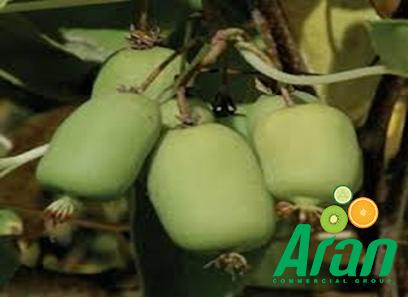
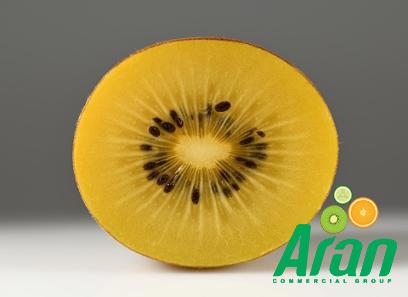


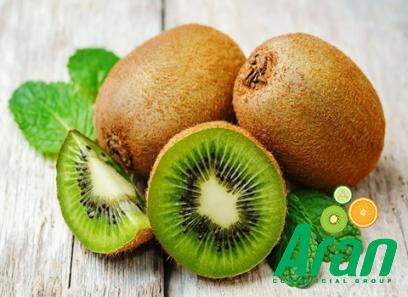

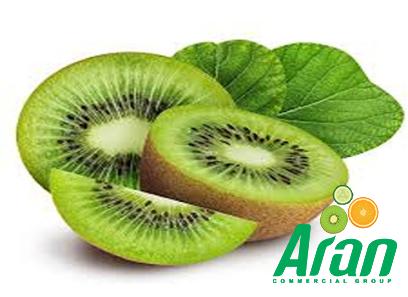

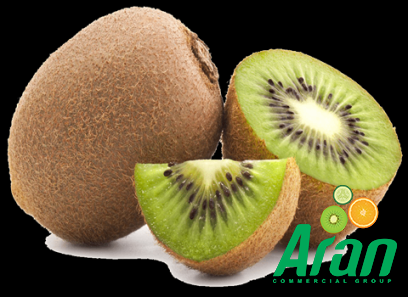
Your comment submitted.